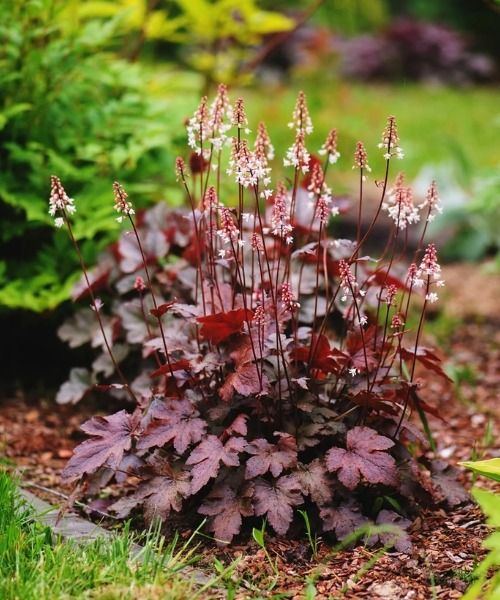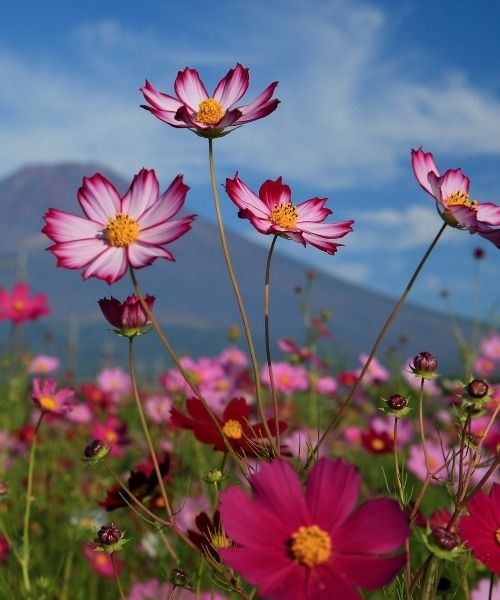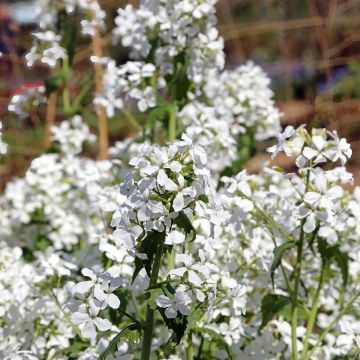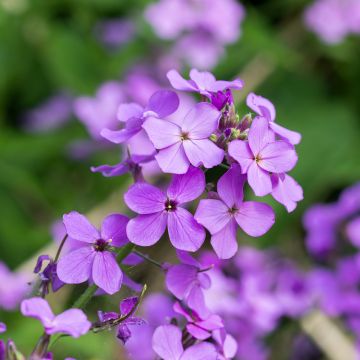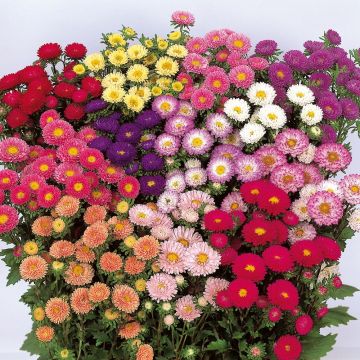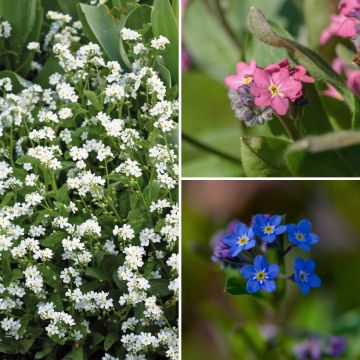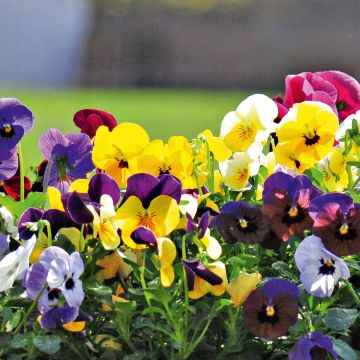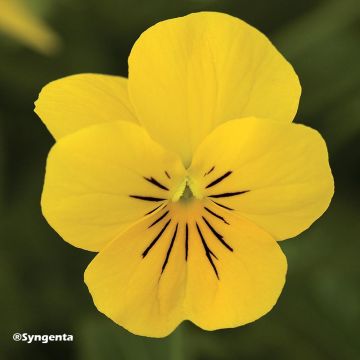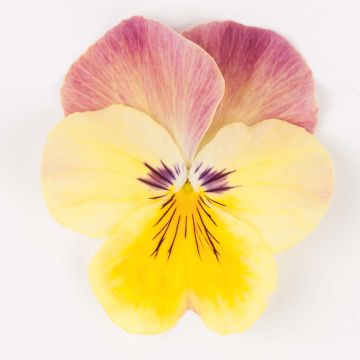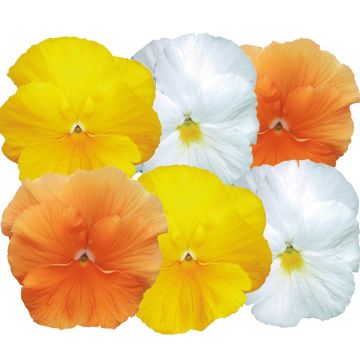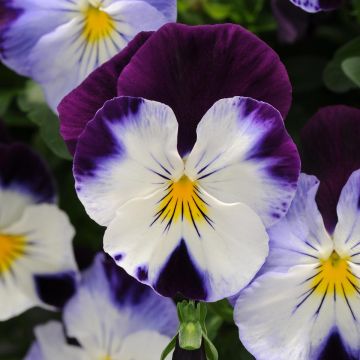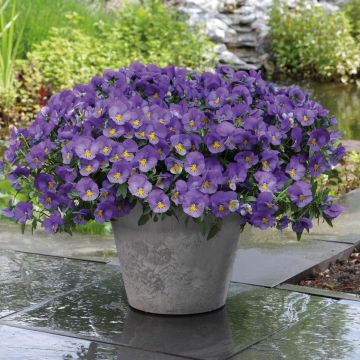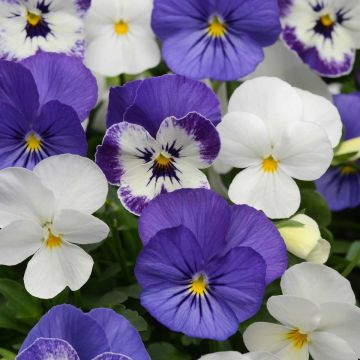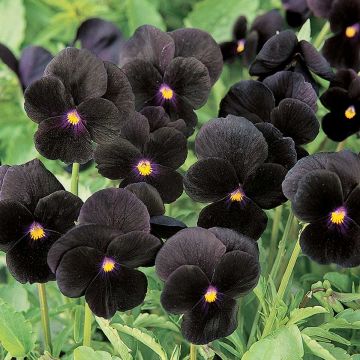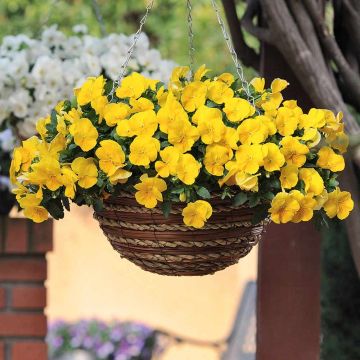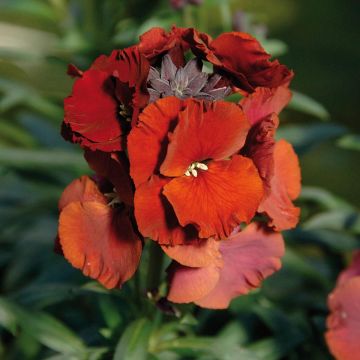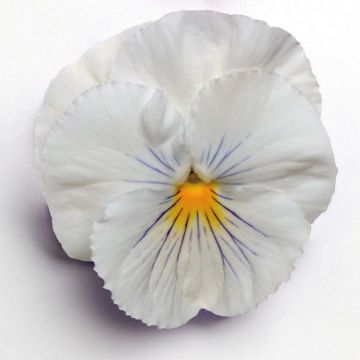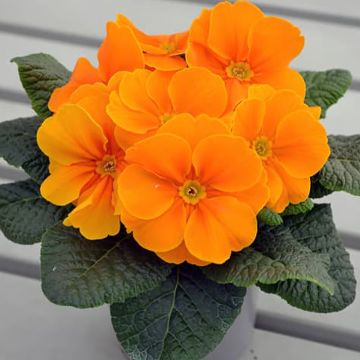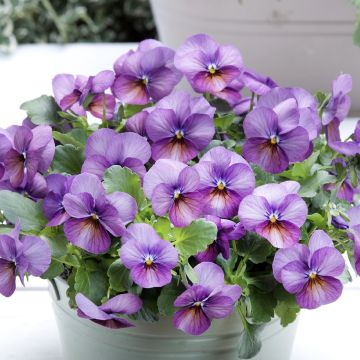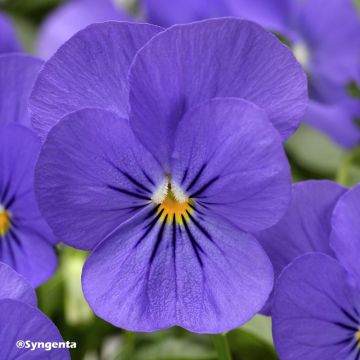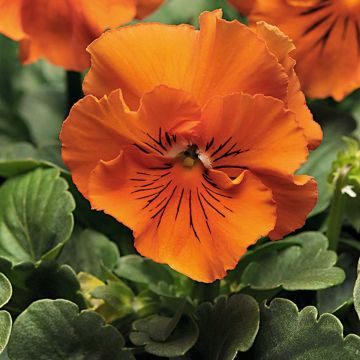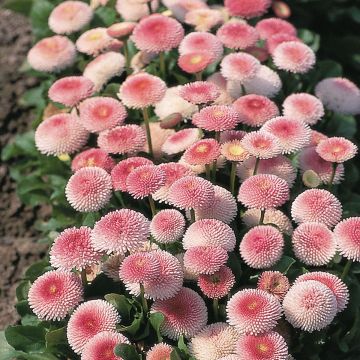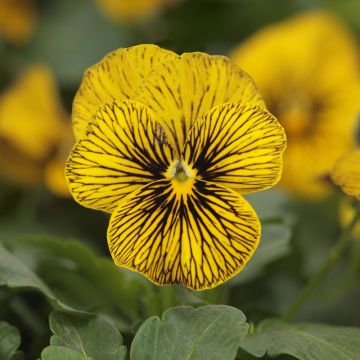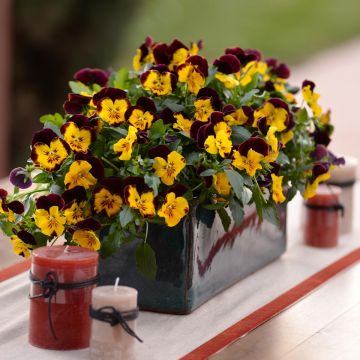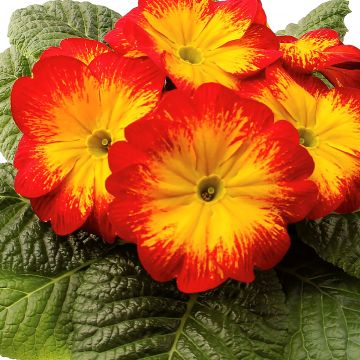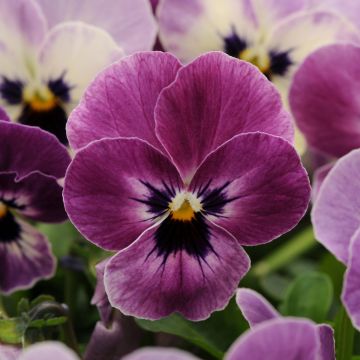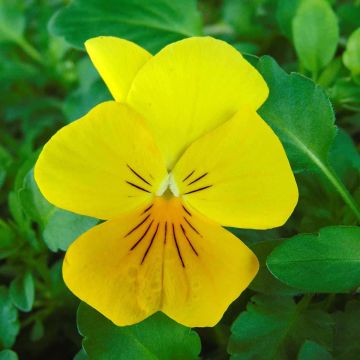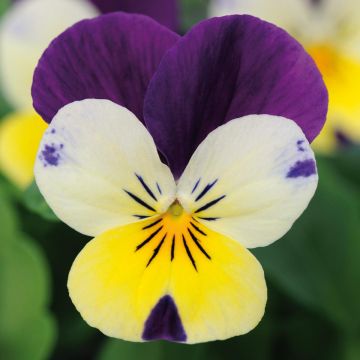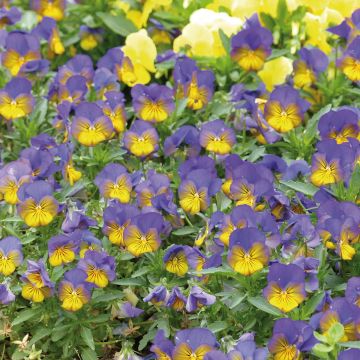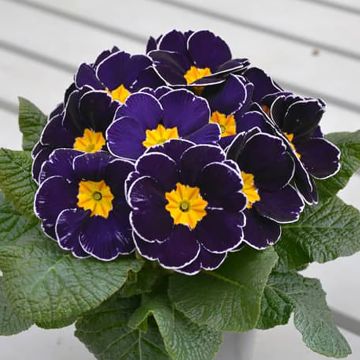Biennials
Does this plant fit my garden? Set up your Plantfit profile →
Available in 1 sizes
Available in 2 sizes
Available in 2 sizes
Available in 1 sizes
Available in 1 sizes
Available in 1 sizes
Available in 2 sizes
Available in 1 sizes
Available in 3 sizes
Available in 2 sizes
Available in 2 sizes
Available in 2 sizes
Available in 3 sizes
Available in 2 sizes
Available in 3 sizes
Available in 1 sizes
Available in 2 sizes
Available in 1 sizes
Available in 2 sizes
Available in 2 sizes
Available in 2 sizes
Available in 2 sizes
Available in 1 sizes
Available in 1 sizes
Available in 2 sizes
Available in 2 sizes
Available in 1 sizes
Available in 1 sizes
Available in 3 sizes
Available in 1 sizes
Available in 1 sizes
Available in 2 sizes
Available in 1 sizes
Available in 2 sizes
Available in 2 sizes
Available in 1 sizes
Available in 2 sizes
Available in 3 sizes
Available in 2 sizes
Available in 2 sizes
Available in 1 sizes
Available in 2 sizes
Available in 2 sizes
Available in 1 sizes
Available in 2 sizes
Available in 2 sizes
Available in 1 sizes
Available in 2 sizes
Available in 1 sizes
Biennial plants are characterised by a very short life cycle: a first year of silent and modest growth during which they develop roots and foliage, while secretly building the foundations for an endless flowering season. They are present in the garden in flowerbeds or right before our eyes, in a planter close to the window, sometimes as early as autumn for pansies (Viola), and until the doors of summer. These plants have the advantage of becoming available at the opportune moment to take over from summer blooms and anticipate spring, depending on the date of their sowing. They are most often sown from July to August, planted in autumn, and bloom in the following spring. Among the most rewarding are daisies (Bellis), wallflowers (Cheiranthus, Matthiola and Erysimum), bellflowers, and carnations. Some, like foxgloves, money plants, or hollyhocks, are so prolific that they almost seem perennial and come back every year, disrupting a carefully organised flower bed with bursts of colourful candles. To create a country-style flowerbed in record time, forget-me-nots, mulleins (Verbascum), dame's rocket (Hesperis matronalis), woad (Ysatis tinctoria), and sea hollies (Eryngium giganteum) are ideal choices.
Easy to grow and carefree, they can be planted in autumn or early spring, in well-prepared soil. Their maintenance is very minimal. Simply remove faded flowers to encourage new blooms, or on the contrary, let them produce seeds for harvesting, or let them self-sow freely, or for some, enjoy their decorative fruits. They can be paired with all kinds of plants, such as bulbs in seasonal flowerbeds or to brighten up mixed borders.
Haven't found what you were looking for?

































